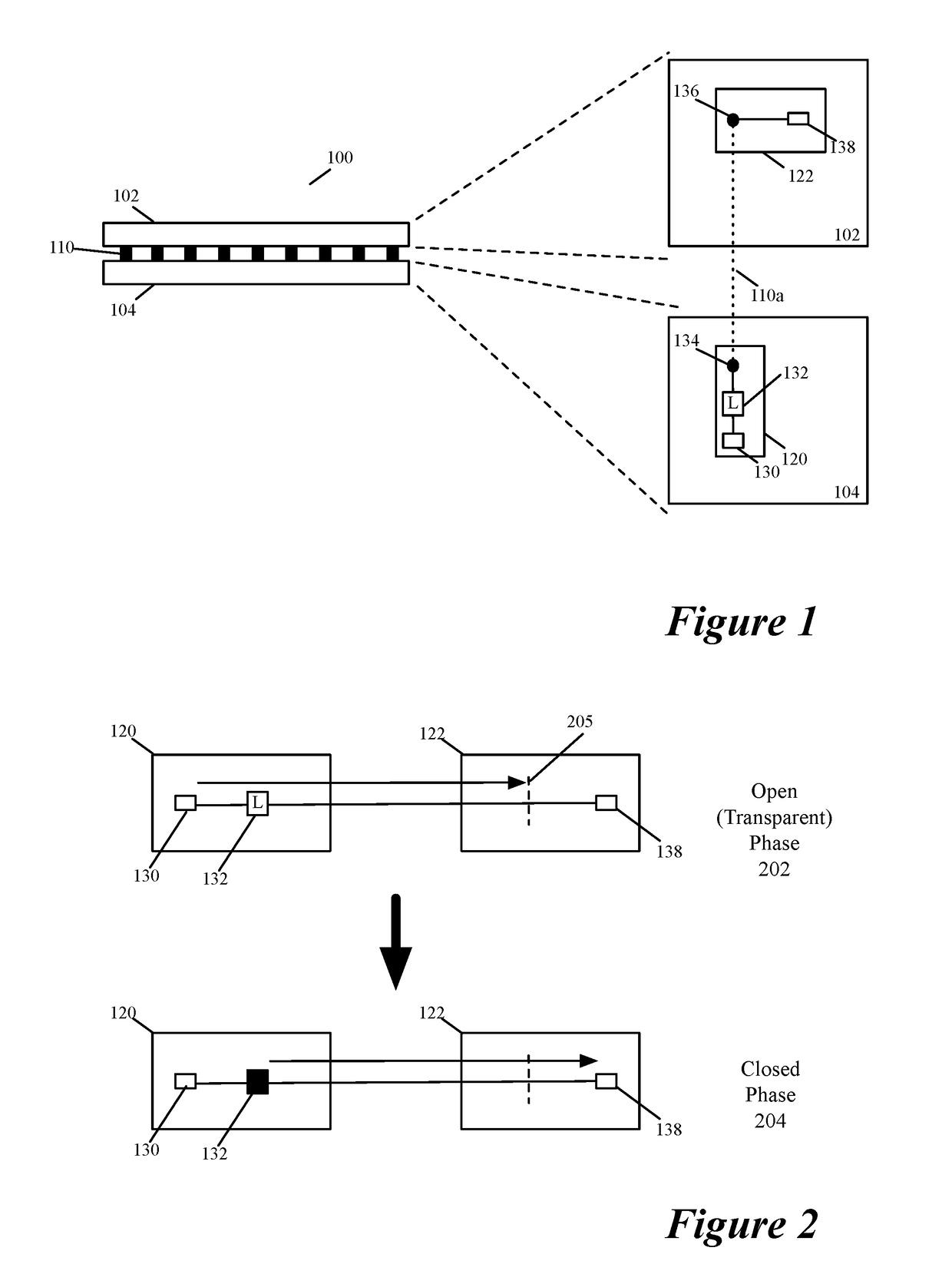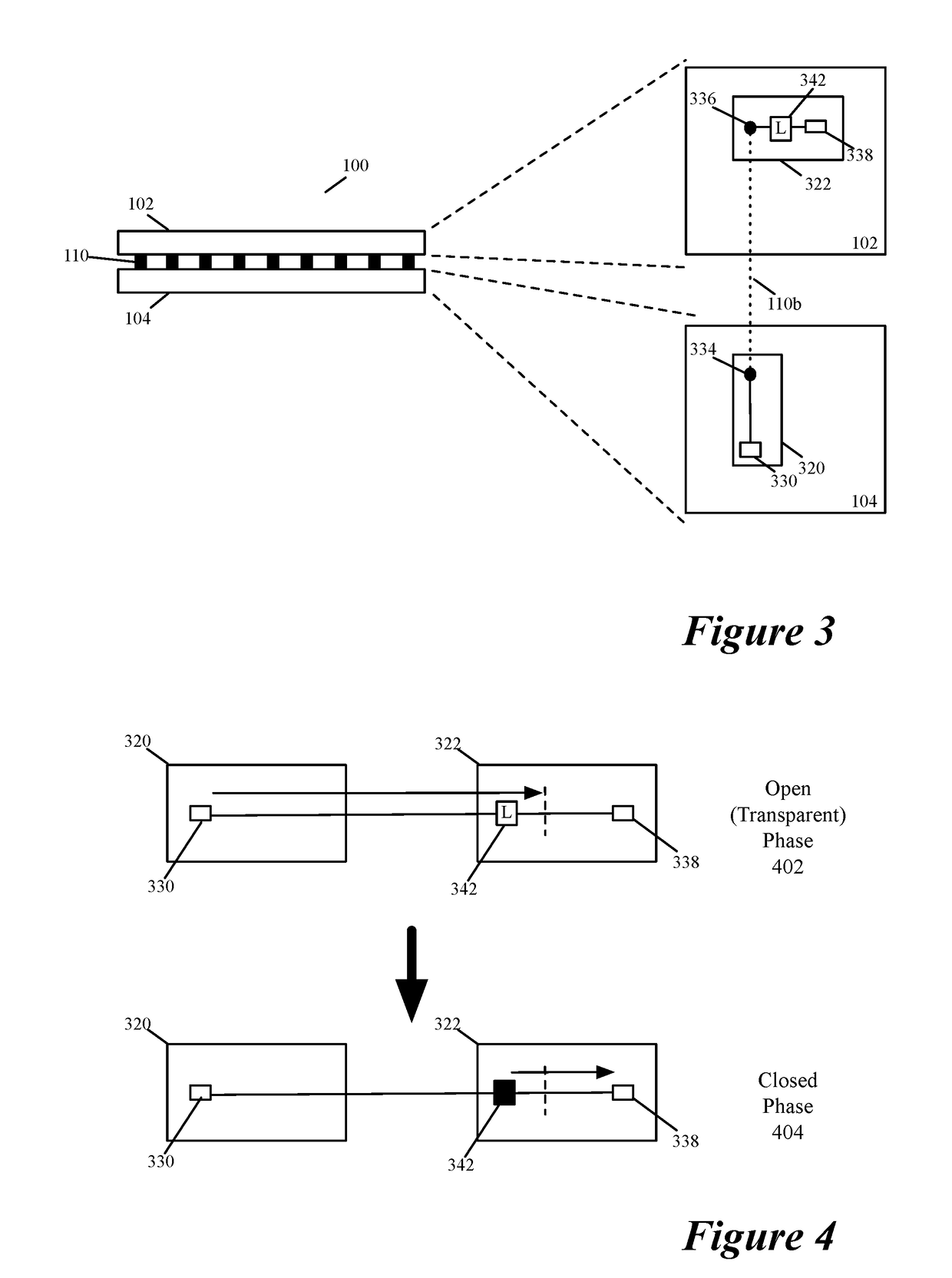Time borrowing between layers of a three dimensional chip stack
a three-dimensional chip and chip stack technology, applied in the field of machine learning, can solve the problems of not being able to implement machine-trained networks with as much progress in circuits, and achieve the effect of facilitating time borrowing
- Summary
- Abstract
- Description
- Claims
- Application Information
AI Technical Summary
Benefits of technology
Problems solved by technology
Method used
Image
Examples
Embodiment Construction
[0035]In the following detailed description of the invention, numerous details, examples, and embodiments of the invention are set forth and described. However, it will be clear and apparent to one skilled in the art that the invention is not limited to the embodiments set forth and that the invention may be practiced without some of the specific details and examples discussed.
[0036]Some embodiments of the invention provide a three-dimensional (3D) circuit structure that uses latches to transfer signals between two bonded circuit layers. In some embodiments, this structure includes a first circuit partition on a first bonded layer and a second circuit partition on a second bonded layer. It also includes at least one latch to transfer signals between the first circuit partition on the first bonded layer and the second circuit partition on the second bonded layer. In some embodiments, the latch operates in (1) an open first mode (also called a transparent mode) that allows a signal to...
PUM
 Login to View More
Login to View More Abstract
Description
Claims
Application Information
 Login to View More
Login to View More - R&D
- Intellectual Property
- Life Sciences
- Materials
- Tech Scout
- Unparalleled Data Quality
- Higher Quality Content
- 60% Fewer Hallucinations
Browse by: Latest US Patents, China's latest patents, Technical Efficacy Thesaurus, Application Domain, Technology Topic, Popular Technical Reports.
© 2025 PatSnap. All rights reserved.Legal|Privacy policy|Modern Slavery Act Transparency Statement|Sitemap|About US| Contact US: help@patsnap.com



